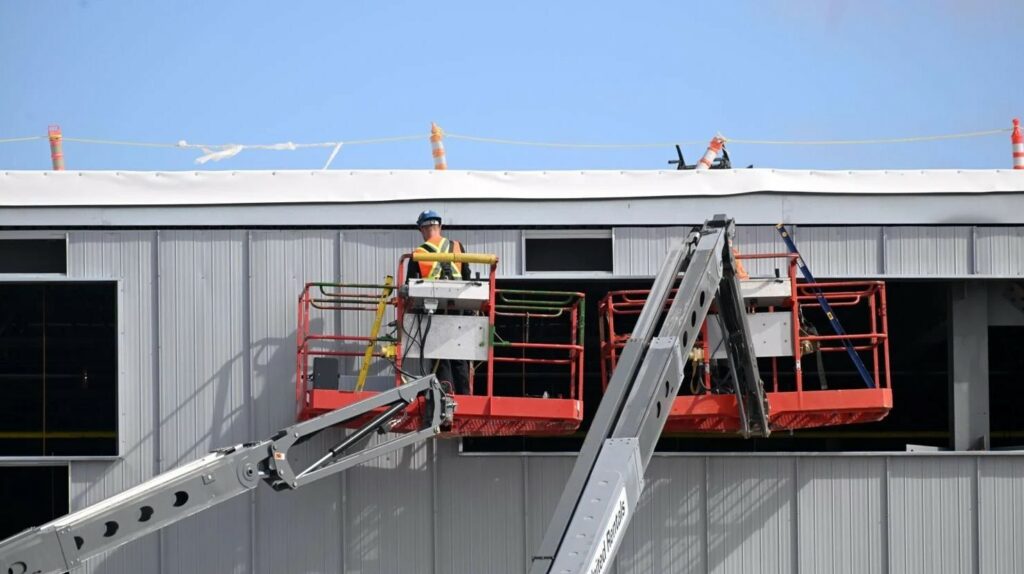Source: The Standard
Every spring and summer, a small team of post-secondary students fan out across Niagara, collecting primary data on its types and sizes of businesses as part of an exercise that helps monitor the region’s economic health and informs decision- and policy-making at the highest local levels.
“Our focus is to visit all signed, publicly accessible businesses in Niagara to capture key details in 2023,” said Cynthia Tia, a growth strategy planner in Niagara Region’s economic development department. “Our team inventoried over 13,000 businesses and captured several data points using mapping technology.”
The region began conducting the employment inventory in 2016, took a two-year pause during the COVID-19 pandemic, and resumed the survey in 2023, said a report to the municipality’s planning and economic development committee.
The employment inventory team compiled information on the location of 146,128 full- and part-time jobs and all associated data about the jobs reported by participating businesses. The data is shared with and is a key asset for internal departments, local area municipalities and other organizations. A subset is also published in Open Data Niagara.
“I think the biggest value we get from this data from an economic development perspective is actually trade and supplier opportunities,” said Blake Landry, the region’s manager of economic research and analysis.
Landry pointed to the 27,870-square-metre Linamar giga casting facility under construction in Welland as an example of how the information can be useful. In this case, it was meeting the company’s needs regarding suppliers.
“They were able to use the data from the Niagara Employment Inventory to find companies that meet their supplier criteria and then co-ordinate a supplier day that linked Niagara-based companies with Linamar,” Landry said. “That helps maximize investment in Niagara.”
Landry said the employment inventory allowed staff to identify all of the companies that fit within the automotive supply chain, as well as those companies that do specific types of manufacturing required in the emerging electric vehicle sector.
“This gives us a level of information that’s very sophisticated,” Landry said. “We would not be able to do this type of work without it. In the case of Linamar, we partnered with the City of Welland and assisted in identifying Niagara-wide businesses for this particular opportunity.”

